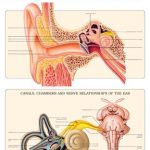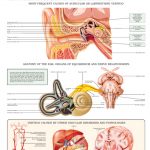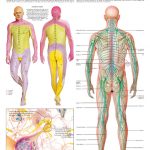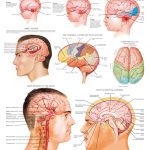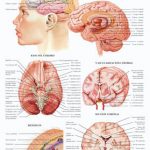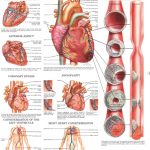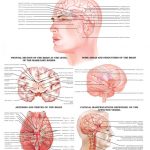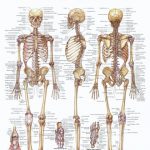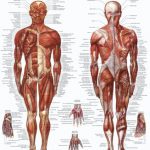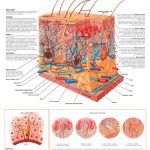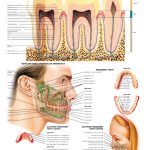Tinnitus and the Ear
The auditory tube is in charge of catching all sound waves. Sound waves move the tympanic membrane, to which the malleus is joined from behind. Since the ossicles are connected, when vibrations cause the tympanic membrane to move the malleus, it transmits said movement to the incus, and it in turn transmits these vibrations to the stirrup bone, which enters the oval membrane.
When the stirrup
bone enters the oval window, it causes the perilymph (which is a liquid) to move in such a way that it will go through the vestibular canal, to
come back through the scala tympani. This is because both the vestibular canal and the scala tympani are connected through an opening called helicotrema.
When perilymph goes back and forth, there is a vibration in the basilar membrane that projects the movement, either from the base or from the upper part, to Corti’s organ. (see Movements of the Basilar Membrane).


